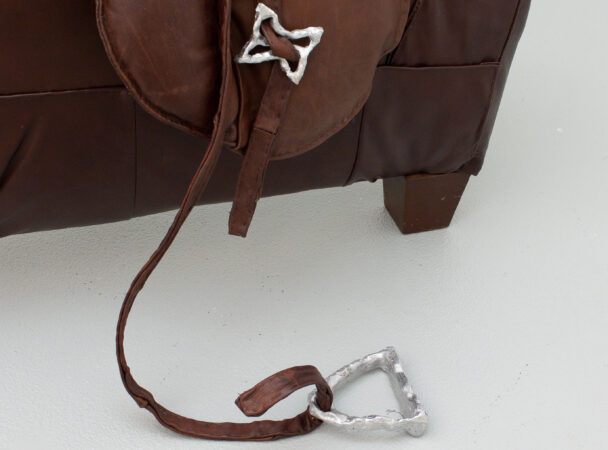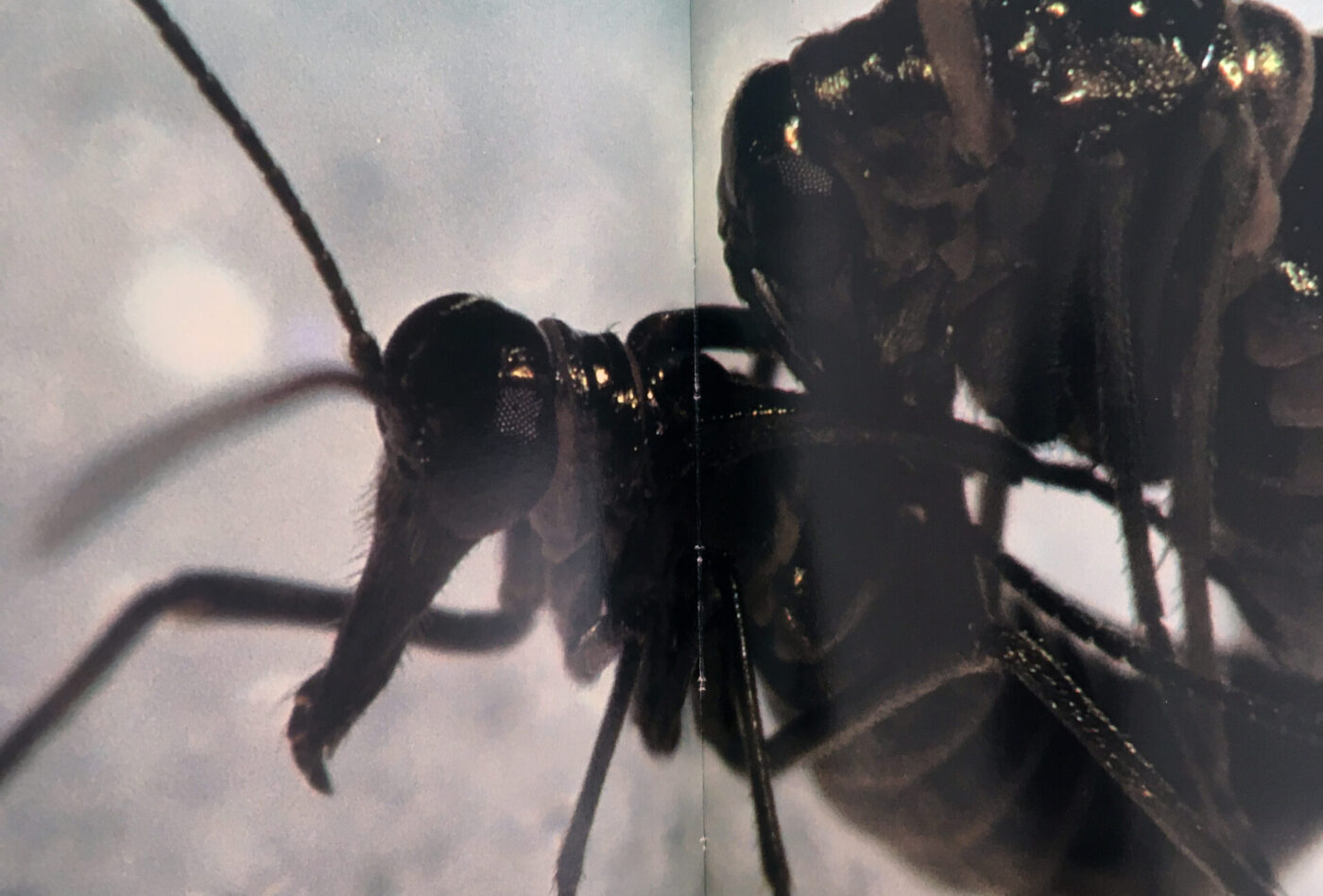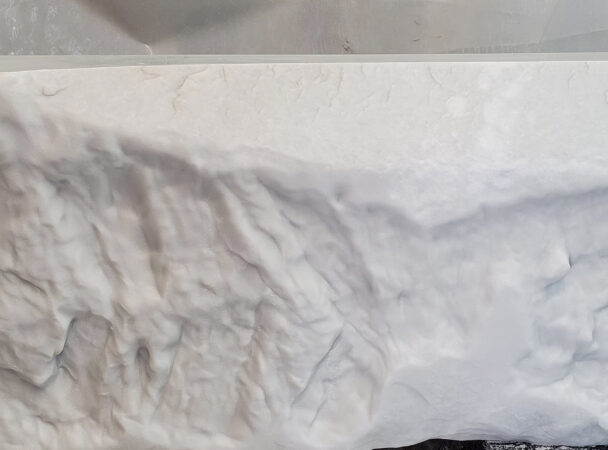
Jérôme Nadeau
Secrets
09.06–10.12.2024
Room 2
09.06–10.12.2024
Room 2

Opening
Friday September 6, 5pm
Artist
Jérôme Nadeau
The intersection of architecture and technology, particularly within the context of modernist principles, invites us to reconsider the foundational narratives that have historically defined our built environment. Secrets encourage us to view architecture not merely as inert constructions, but as living entities through which active systems of power regulate our behaviors and interactions.
The modernist movement, the technological and technical revolutions of the 19th century, emphasized formal austerity and material efficiency. This drive to create functional spaces and environments, breaking away from historical architectural styles, has profoundly influenced construction methods. Concrete, steel, and glass are utilized for their aesthetic qualities and more notably for their alignment with principles of mass production and efficiency.
Modernism thus inscribed into its configurations a desire for control—a rationalization of spaces, an optimization of materials for their ability to conform, standardize, and support a logic of universal efficiency, where visibility becomes a means of surveillance. Secrets explores how this narrative of progress has attempted to homogenize the material world, dominating nature through material and machine.
The exhibition consists of sculpture-structures with interiors inhabited by artworks. These will be relocated outdoors after their display at the Centre CLARK. They will reprogram themselves as shelters for insects, sites where a multitude of relationships will be visible and, moreover, tangible. This relocation and shift from potential counter-monuments into nature transcends latent materiality towards the possibility of dynamic—often contradictory—correlations between mechanized human actions and natural processes.
By re-evaluating the ethics of architecture as an active agent in shaping social life, Secrets explores how structures were once designed as modifiable spaces by the communities inhabiting them. Modernist architecture has failed as a framework for social elevation but succeeded as a model of control and profit-driven growth. Whether optimizing habitats for technological efficiency or controlling human behavior through architectural interventions, humanity’s desire to assert control over the environment persists.
The natural cycle of the world can never be entirely eradicated. The tension between architectural design and interaction with the living highlights their interdependence. This exhibition constructs a framework within which to question this relationship as a matter of mutual influence and co-constitution between humankind and our environment.
— Jérôme Nadeau












